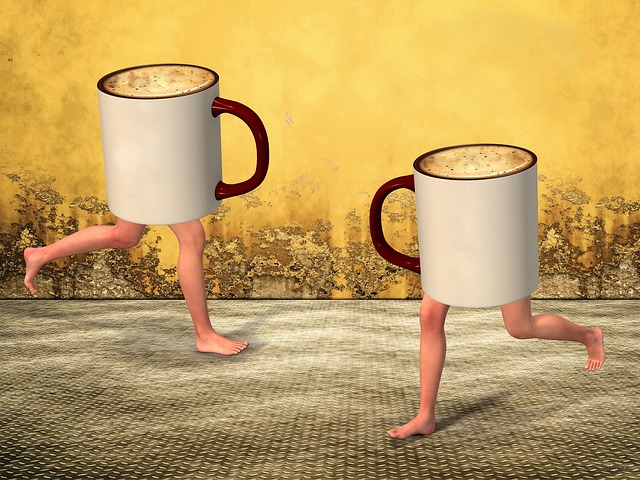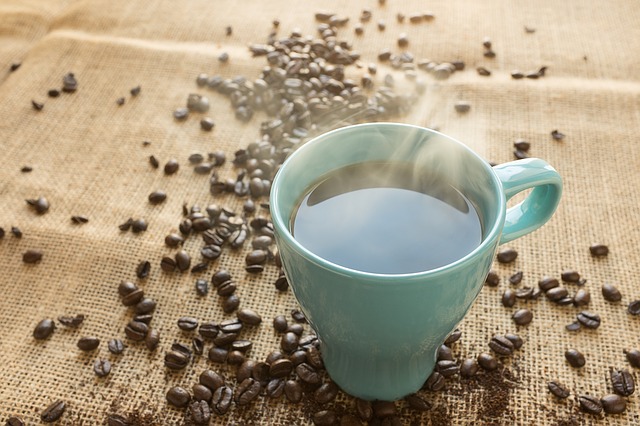
Let me start with this, cold brew coffee is not the same as iced coffee.
I learned about cold brew coffee when Starbucks introduced their Nitro Brew. What did I learn? I learned that cold brew is not available in Florida due to the brewing technique and Starbucks cannot outfit all of their stores with the equipment. So, what do I do when I want something and cannot buy it? I consulted Google to figure out how to make my own. Well, barring the ability to acquire nitrogen injection equipment (Starbucks, I completely understand your constraints), I did learn how to make cold brew.
Cold brew consists of grinding coffee beans very coarsely and mixing the grinds with room temperature or cold water. Then let the mixture sit for a minimum of 12 hours at room temperature or in the refrigerator. Next, strain the liquid, toss the grinds, and you have a cold brew coffee concentrate. Store the concentrate in the refrigerator, and mix as needed with water, milk, cream, or whatever you choose. This is cold brew coffee. Notice that the coffee bean is not heated at any time during the brewing process.
I have stopped brewing coffee each morning. As a matter of fact, I have removed my coffeemaker from the counter and relegated it to a shelf in the garage until winter. Although brewing coffee is not time-consuming, I enjoy not having to stop and do it each morning and I am too cheap to pay for a WiFi coffeemaker…maybe….nope, I never will. I also enjoy the fact that I can make a cup of coffee as weak or as strong as I choose and each cup can be slightly different without having to waste coffee. Normal brewing, get it too weak and you’re tossing it and starting over. Thinking of the morning when you forget to dump the old grounds. Nope, you cannot drink that even if you want to.
Cold brew is very forgiving in many ways.
For instance, you can brew it for a minimum of 12 hours but there is no maximum. I never brew for less than 24 hours and I frequently leave it for up to 36 hours. Basically, when I am about 2 days from running out, I start a new batch and I finalize it when I have time.
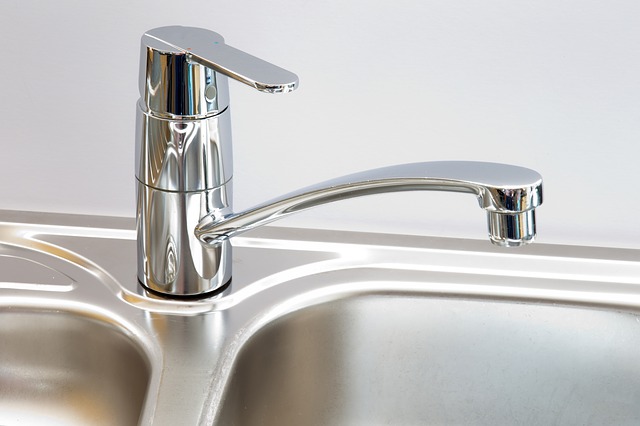 I use water from the tap and leave the brew on the counter. You can used bottled water, filtered water, whatever water you feel most comfortable using. I have never put it in the refrigerator because, well, I have never had a problem leaving it on the counter, in a covered container. Some people store it in the refrigerator and they are pleased with the outcome. The final product, from tap water and leaving it on the counter, always tastes acceptable. Speaking of acceptable.
I use water from the tap and leave the brew on the counter. You can used bottled water, filtered water, whatever water you feel most comfortable using. I have never put it in the refrigerator because, well, I have never had a problem leaving it on the counter, in a covered container. Some people store it in the refrigerator and they are pleased with the outcome. The final product, from tap water and leaving it on the counter, always tastes acceptable. Speaking of acceptable.
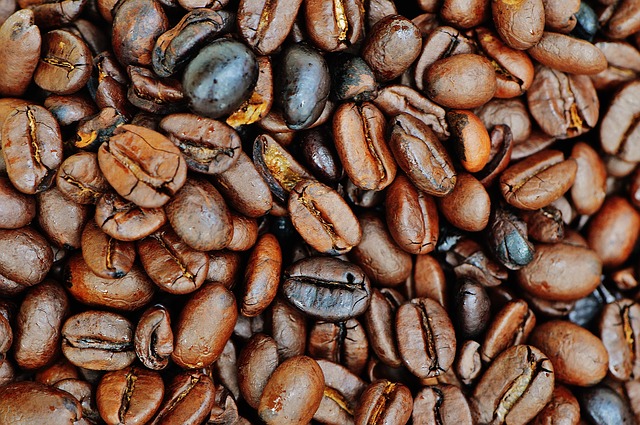 Google sources indicate that a medium roast, not expensive coffee, is best for cold brew. I have tried caramel flavored, medium roast Guatemalan from Aldi, and whatever else might have been in my freezer. All of it has been fine but I like a very strong, flavorful coffee. My last batch used an extra dark roast and this was very pleasing. Going forward, I will use the extra dark not only because the taste is wonderful but also because I can use less coffee and still get the flavor that I am seeking. Of course, now that I have found my mix, I have to stop myself from drinking coffee all day!
Google sources indicate that a medium roast, not expensive coffee, is best for cold brew. I have tried caramel flavored, medium roast Guatemalan from Aldi, and whatever else might have been in my freezer. All of it has been fine but I like a very strong, flavorful coffee. My last batch used an extra dark roast and this was very pleasing. Going forward, I will use the extra dark not only because the taste is wonderful but also because I can use less coffee and still get the flavor that I am seeking. Of course, now that I have found my mix, I have to stop myself from drinking coffee all day!
Cold Brew Equipment
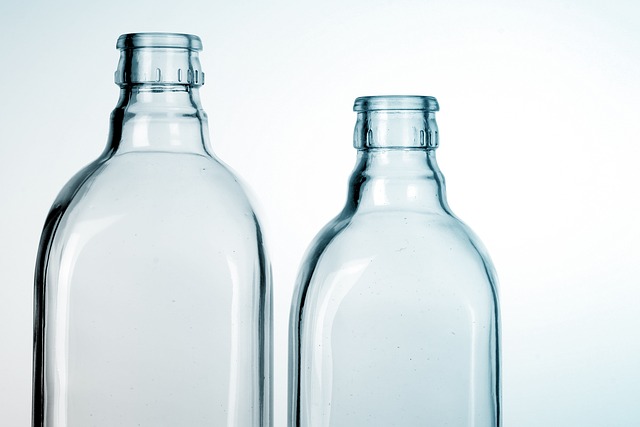
When I began this experiment 2 months ago, I used a lemonade pitcher to brew the coffee and a paper towel as a strainer. Then, I continued to use the pitcher but progressed to a cheese cloth as a strainer because too much sediment was ending up in the concentrate. I finally decided to try a French Press because I could get one free. I was still hesitant because it was small and I did not want to have to do the process twice each time. Well to my surprise, using the extra dark beans, I am able to use the French Press and get two batches from one brew. Yes, I hit the jackpot and love using the French Press because straining takes no time and I get hardly any sediment in the final concentrate. I highly recommend a French Press for this process.
I have 3 very large soda bottles from Crate and Barrel where I store the concentrate mixed with water and milk in one and water and almond milk in the other. One is the standby. I prefer to mix the concentrate when it is done brewing but it is perfectly acceptable to mix the concentrate on an as need basis. Either way, I can attest to being ale to keep it in the refrigerator for up to two weeks.
Iced Coffee
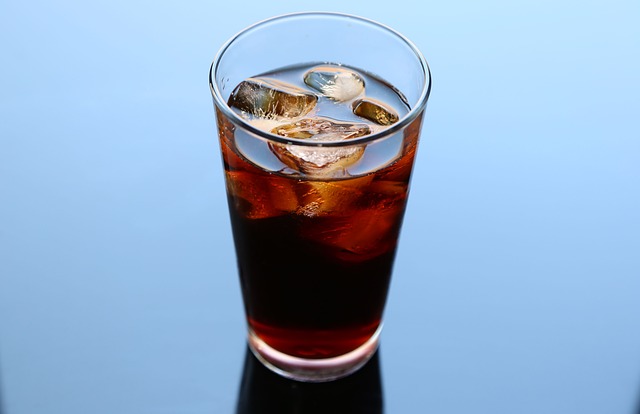
I believe you should have a good understanding of cold brew coffee so now, let’s spend a moment on iced coffee.
Much like the name sounds, it is coffee with ice in it. To be more specific, you brew hot coffee using any of the standard coffee brewing methods and then, you add ice. Yep, you heat it up and then, cool it down. I find iced coffee to be too watery and, to me, cold brew has a much smoother taste. There are ways to make iced coffee less watery and one is to brew coffee and then freeze it in an ice-cube tray. When you make iced coffee you would use the coffee cubes instead of ice cubes. I am looking for less work and not more so freezing ice/coffee cubes is not an option for me but you may find it appealing.
How one drinks coffee is definitely a personal preference and I respect that. My reason for writing this post stems from seeing, too many times, writers use cold brew and iced coffee interchangeably throughout an article. Or the title says cold brew and the article discusses the cold brew process and calls it iced coffee.
Well, you have my understanding of cold brew and iced coffee. Have you tried cold brew? Do you have a preference – cold brew or iced?
